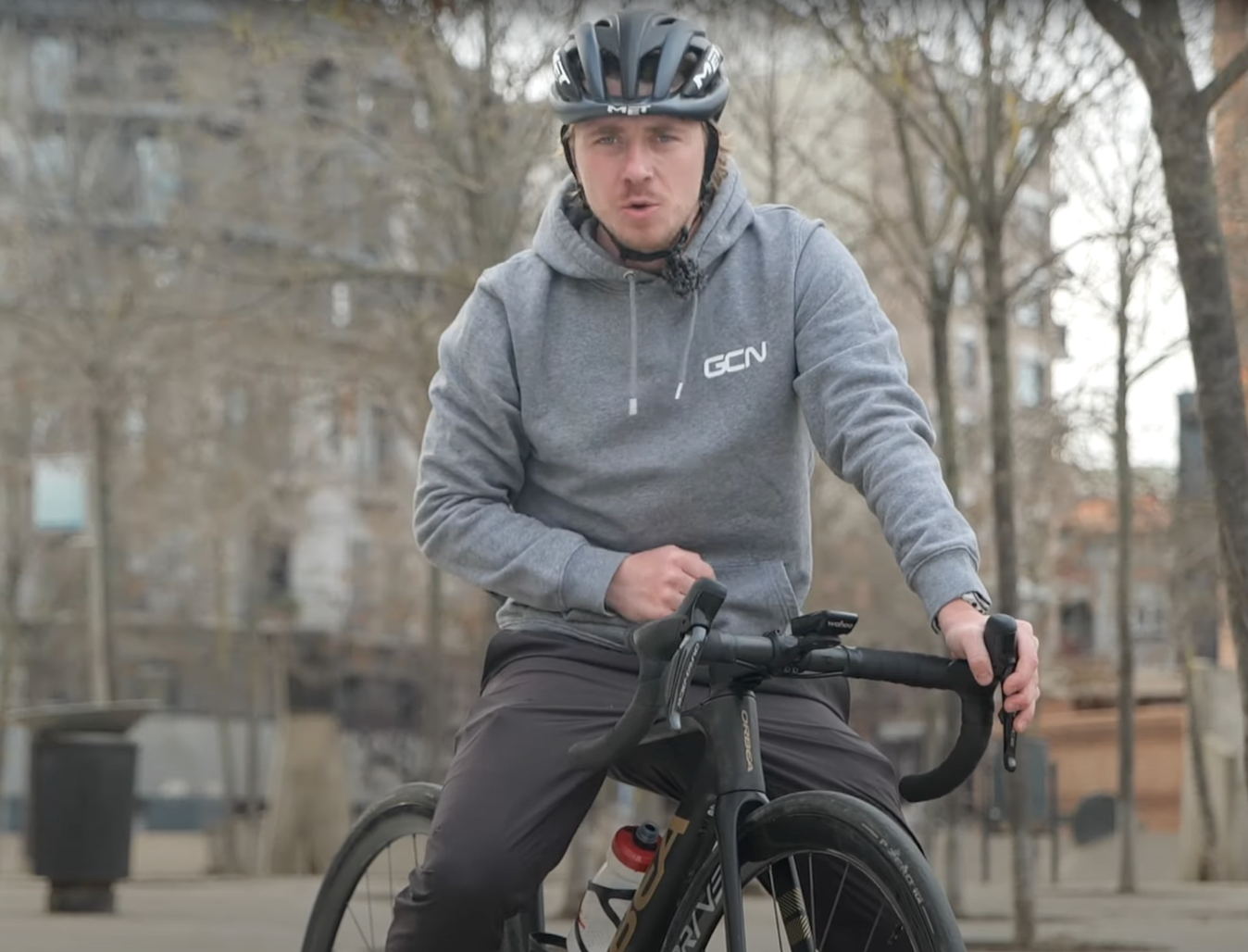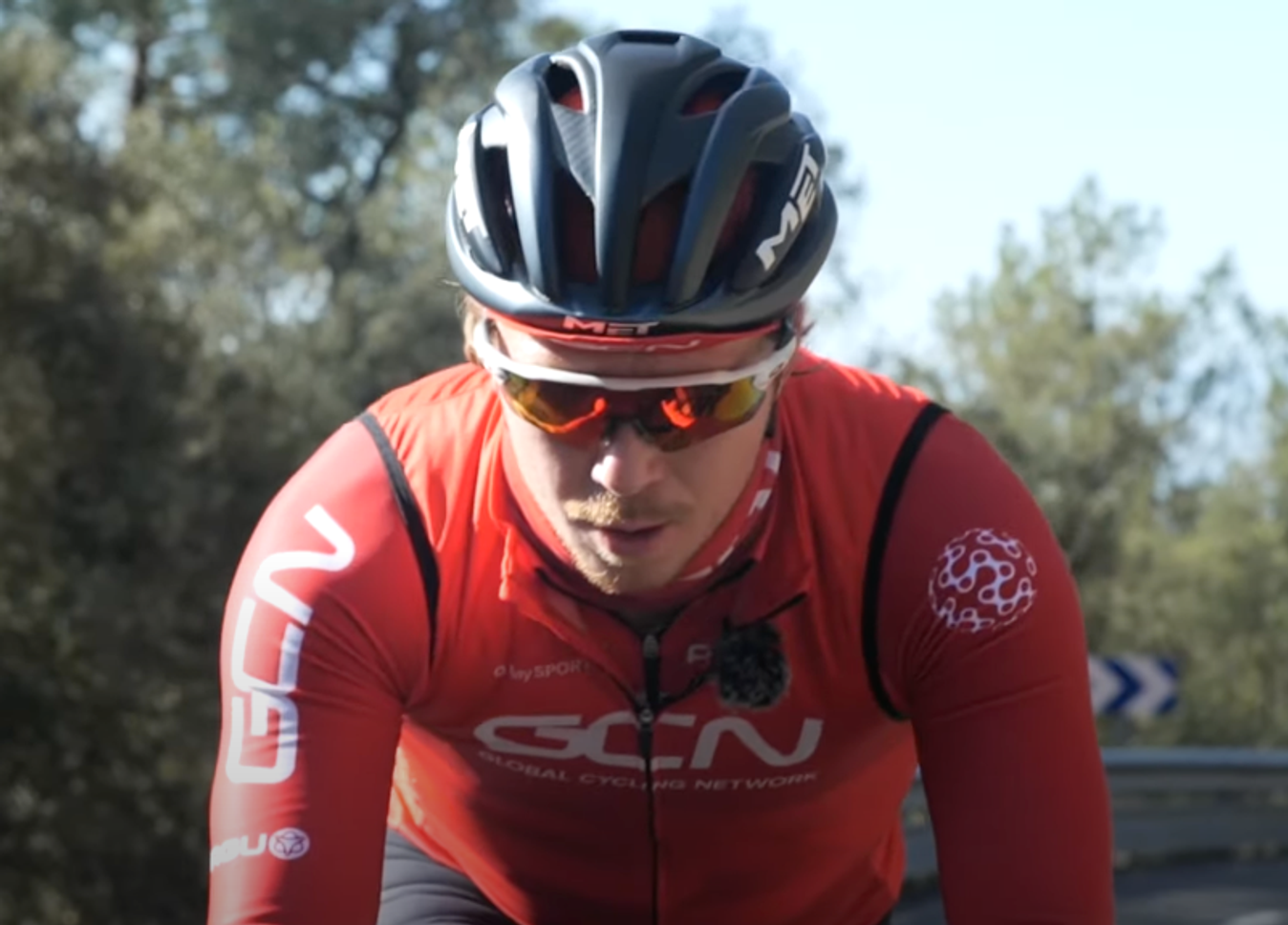What gear do you need to start cycling?
If you’re new to cycling and eager to get started, there’s some key cycling kit you should consider to ensure you start your first rides in the best possible way
Danny Walter
Head of Editorial Production
If you’ve just decided to get into cycling or are coming back to it after a long spell away, firstly we should say congratulations! It’s a great decision and one we’re sure you won’t regret. There are a few bits of clothing and kit that will help make your experience all the better and while it’s certainly not essential to have them all to start with, it’s worth building up some of these items on our list as you get into it more.
GCN’s James Lowsely-Williams aka Hank, is here to share his knowledge on all the key bits of kit to consider.
Choose a bike that suits your needs
No prizes for guessing a bike was first on the list! Hopefully, you’ll already have access to a bike but if not then choosing the right sort for the type of riding you think you’ll be doing most is key. If you’re looking for a smooth, fast ride on roads then go for a road bike. If you’re more about gentle-off road tracks, towpaths and slightly rougher surfaces then a gravel bike is more likely to suit you best. If you think it's likely you'll want to ride a bit of both then consider a hybrid bike that is designed to tackle either.
There are many different bike options out there, covering a big range of prices to suit your budget so take your time to find the right option.
Read more:
- How to buy your first bike
- What should I buy: a road bike or a gravel bike
- Should you buy a £500 new or a £500 used bike?
Do you need specific cycling clothing?

© GCN
You don't need to wear cycling specific clothing but the design and fit will help improve your comfort on the bike
The truth is you can wear anything you want when you’re cycling, within reason. However, there are definitely options out there that will improve your comfort and experience on the bike. You can pick up cycling-specific clothing at a reasonable price or pay a little more for better quality, lighter-weight materials with features that help keep you cool or warmer in certain conditions.
The key thing to look out for is clothing that fits well - something that’s not too tight and restrictive but not too loose that flaps around and annoys you, or slows you down. Look for moisture-wicking fabrics which move moisture in the form of sweat away from your skin to the outside of your clothing - this will help keep you cool and dry.
One of our other key recommendations is padded shorts or bib shorts. These have a gel layer in the seat of the shorts that help keep you more comfortable on the saddle. A top tip, that not everyone realises when they're starting out - you don’t need to wear underwear beneath your padded shorts. They’ll just increase sweat and friction and let’s face it, no one wants that going on down there.
Read more:
Protect your head by wearing a helmet
Although wearing a helmet isn’t a legal requirement in most countries, it is one of the most opinion-splitting issues around cycling. We’d generally recommend using one, as it can help prevent serious injury in the event of an accident. While price range varies depending on the quality of the helmet there are some key things to look out for that even the most budget-friendly helmets can provide.
Make sure it fits properly. It should be snug to your head without being tight. Equally, it shouldn't feel loose and move around when you gently shake your head. It also needs to feel comfortable to wear once positioned on your head and strapped up around your chin – you're less likely to reach for something that's irritating to wear.
You also need to look for one that has been officially certified. This could be labelled with a European CE EN1078 standard sticker or if you live in the US your helmet should conform to the US Snell B90/B95 standard. Australians should look for the AS/NZS 2063:2008 certification.
Read more: The true cost of cycling - what gear should you buy to get started
Do you need cycling-specific shoes?
When you’re starting out, ordinary trainers are fine to use on the bike. The more riding you do, the more you’ll appreciate a stronger, more purpose-built cycling shoe. You’ll likely be using flat pedals to start with so use a closed-toe shoe with a firm sole for more support on the pedal. Over time, depending on the type of riding you’re doing you may progress to clipless pedals. These are specific pedals that require a specific shoe with cleats that clip to the pedal and allow greater force to be applied on the up pedal stroke as well as the downstroke, making pedalling more efficient.
Read more: Cheap versus expensive cycling shoes
Do gloves help when cycling?
These are not essential but many cyclists won’t go out on a ride without a pair of gloves - either fingerless or full-fingered. Many cycling-specific gloves have some extra padding around the palm of the hand that not only helps reduce vibration from the road but also provides protection if you do come off the bike. You can also get warmer, thermal versions that help keep your fingers warm if you’re riding in cold temperatures.
Is it necessary to wear glasses for cycling?

© GCN
Some form of eyewear are a great way to keep the wind, road debris and insects out of your eyes
This isn’t just about looking cool - although that is pretty high up on the priority list for Hank. A pair of sunglasses in brighter conditions or clear lens glasses can protect your eyes from the elements and stop them from streaming in the wind or when hitting higher speeds. They can also keep debris or spray from the road out of your eyes and worst of all stop bugs and insects from getting in your eyes.
What other cycling gear might you need?
We've covered the main things for actually riding the bike. There are a few other things to consider when it comes to keeping you going now you are riding and can't get enough of it!
Read more:
Mini Pump
The pressure of the air in your tyres can have a big impact on the comfort and speed of your ride as well as your susceptibility to punctures. So a compact, portable pump is great for maintaining the correct levels. A good mini pump is easy to carry in your back pocket, or even strap to the bike when you head out on a ride in case the worst happens and you need some extra air in your tyres. Check the valve fitment on the pump is compatible with the valve in your bike’s inner tube.
Spare Tube and Repair kit
For most rides, especially the longer ones, it’s worth carrying a few essential spares in case you get an unexpected puncture. This should comprise a spare inner tube, a set of tyre levers that will help remove the tyre and tube for repair or replacement, and a patch kit containing glue and patches will help get you out of a fix. Your mini pump will be able to inflate a new inner tube pretty quickly if necessary.
Read more: How to fix a bicycle puncture
Lights
Being seen on the road is crucial. We recommend having a set of front and rear lights as a minimum and not only using them at night or in low-level light conditions. Also, run them during daylight for extra visibility. You can get sets that are rechargeable via USB ports making them easy to recharge while at work or before a return journey.
Read more: Staying visible in autumn and winter
Basic Bike Tools
There is a whole range of bike-specific tools out there, with weird and wonderful names and often designed for very specific jobs. Don’t worry, you don’t need to become a fully trained mechanic and populate an entire workshop with tools. We would recommend having a decent multi-too that contains Allen keys or hex wrenches, screwdrivers and maybe even a chain breaker to help with the most common issues you're likely to experience.
As you learn to love cycling more and become more experienced you may choose to invest in more gear, better quality clothing and equipment. It’s all part of the fun of cycling, looking for the next bit of kit that can help you on your cycling journey. Believe us, it can become pretty addictive. You don’t have to spend a fortune but always prioritise safety and regularly check your bike for maintenance and adjustments. Good luck with your new cycling journey!
We have loads more useful articles and videos across the GCN Website for beginners through to advanced riders. Check out our specific How to section for more buying advice and tips on how to get the most out of your cycling.
Latest Videos
1The Perfect Bike, Rusty Drivetrains & Narrow Bars | GCN Tech Clinic

2Is A Cyclist's Body A Healthy Body? | GCN Show Ep. 589

3More Hot Tech From America’s Biggest Bike Show

4Pogačar Dominates Liège And A Popular Winner Of Flèche | Racing News Show

5Intense Interval Blast | 15 Minute Indoor Cycling Workout

.jpg?rect=957,780,3097,3060&w=600&auto=format)
.png?w=600&auto=format)









